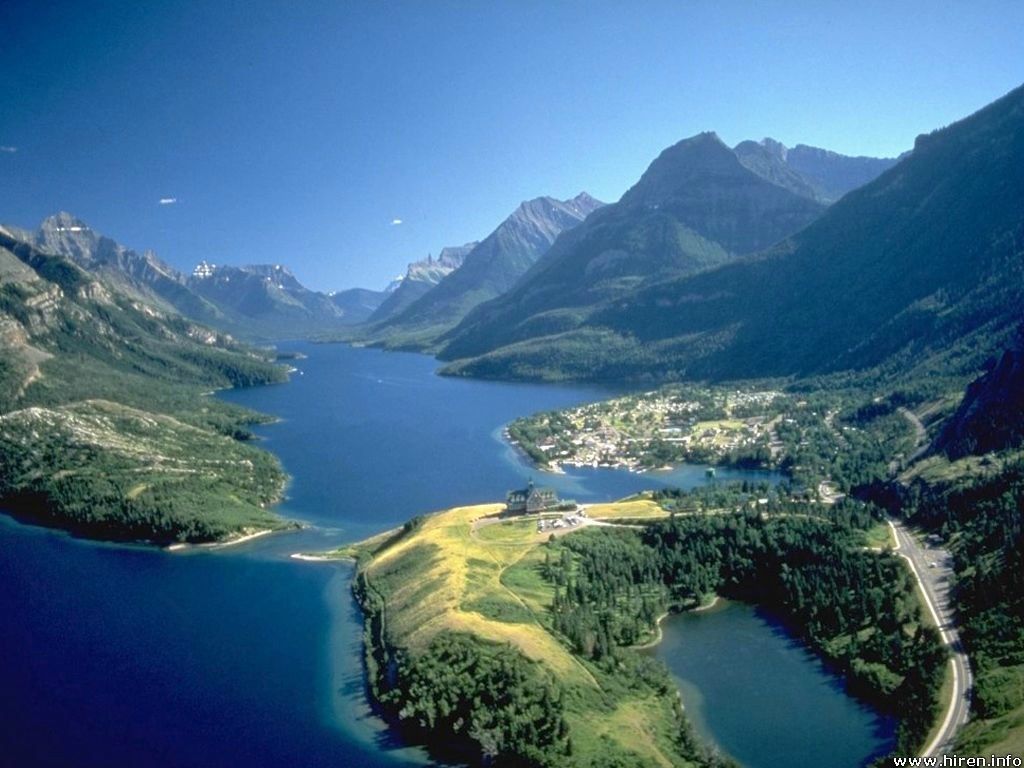A few months ago, I suggested that investors endeavor where it is darkest, the nether regions of the corporate world where country risk, item risk and company risk all collide to produce investing quicksand. I still own both companies which i highlighted in that post, Lukoil and Vale, and have no regrets, though I’ve lost money on both even.
At the time of the post, I had been asked why I hadn’t selected Brazil’s other item colossus, Petrobras, as my company to value (and invest in) and I dodged the question. The news from the previous few days provides a incomplete answer, but I think that the Petrobras experience, unpleasant though it could have been for some traders, provides an illustration of the benefits and costs of political patronage. Petrobras was founded in 1953 as the Brazilian government oil company, as well as for the first few decades of its life, it was run as a government-owned company from its headquarters in Rio De Janeiro.
Until 1997, it had a legal monopoly on oil creation and distribution in Brazil, when the home market was opened up to foreign essential oil manufacturers. Petrobras was shown as a open public company in 1997 on the Sao Paulo exchange and as a depository receipt on the brand new York STOCK MARKET soon after.
- Which of the next is not a qualification for accountants
- US Treasury Rates at a Glance
- 11% in lowest conditions is 11/100
- The Tradeoff Theory of capital structure theory shows that
In the last decade, Petrobras has seen both highs and lows, becoming the fifth largest company in the global world, in conditions of market capitalization, in 2011 and then viewing a precipitous fall off in market prices in the entire years since. To understand where Petrobras is and to make sense of where it is going now, you have to check out both its rise within the last decade and its fall in that one.
The rise of Petrobras from small emerging market essential oil company to global giant between 2002 and 2010 can be traced to three factors. The first was the discovery of major new reserves in Brazil in the early part of the last decade, which catapulted the ongoing company towards the top of the list of companies with proven reserves. The fact that these reserves would be costly to build up was mitigated by a second development, which was the sustained surge in oil prices to triple digit levels for a lot of the period, making them viable.
72.8 billion from equity markets. The hubris that led to the general public offering might have been the cause for the subsequent fall of the company, which includes been dizzying because of the magnitude of the decline, and its velocity. 200 billion in value since, putting it in rarefied company with other champ value destroyers as time passes. 160 billion in value to that time prior.


